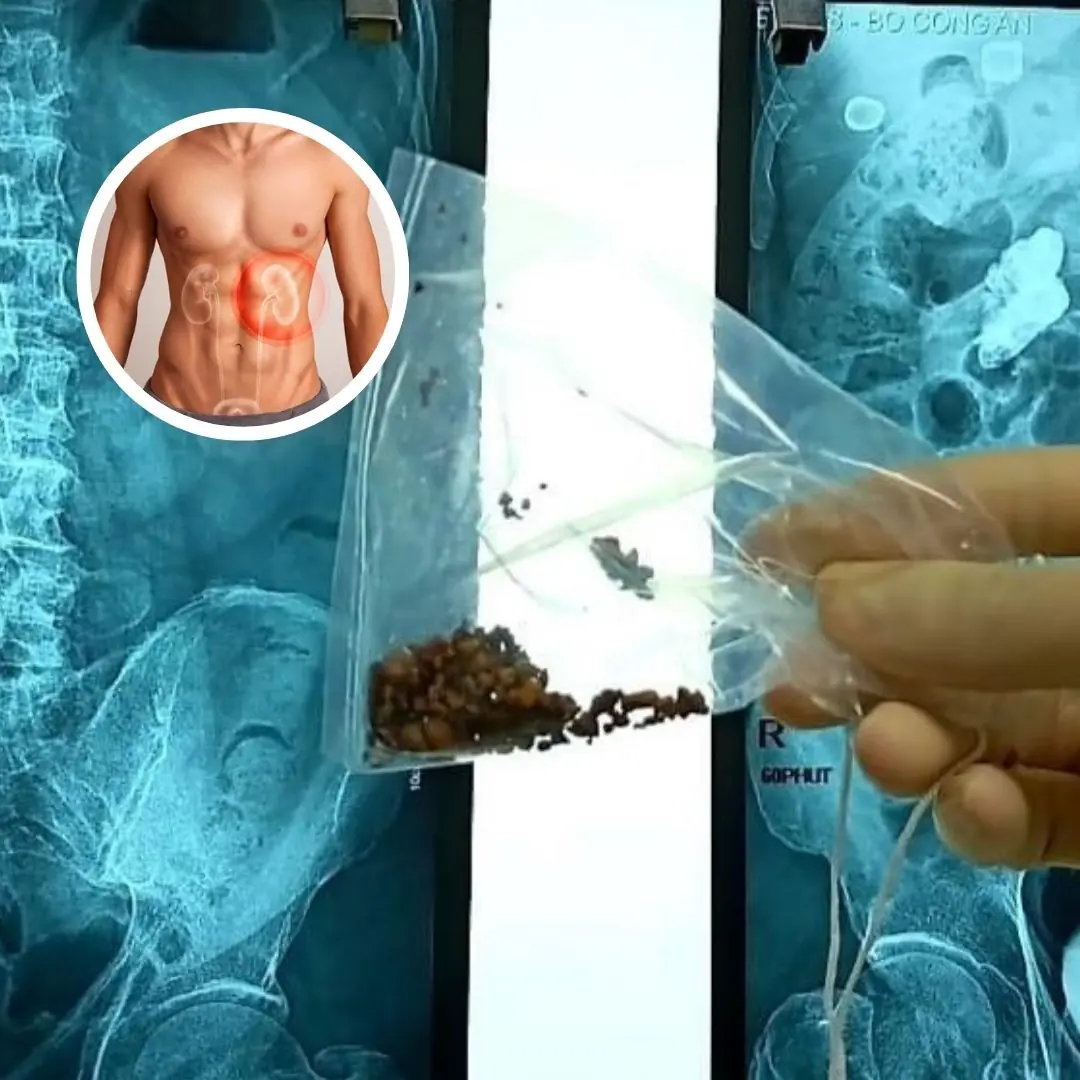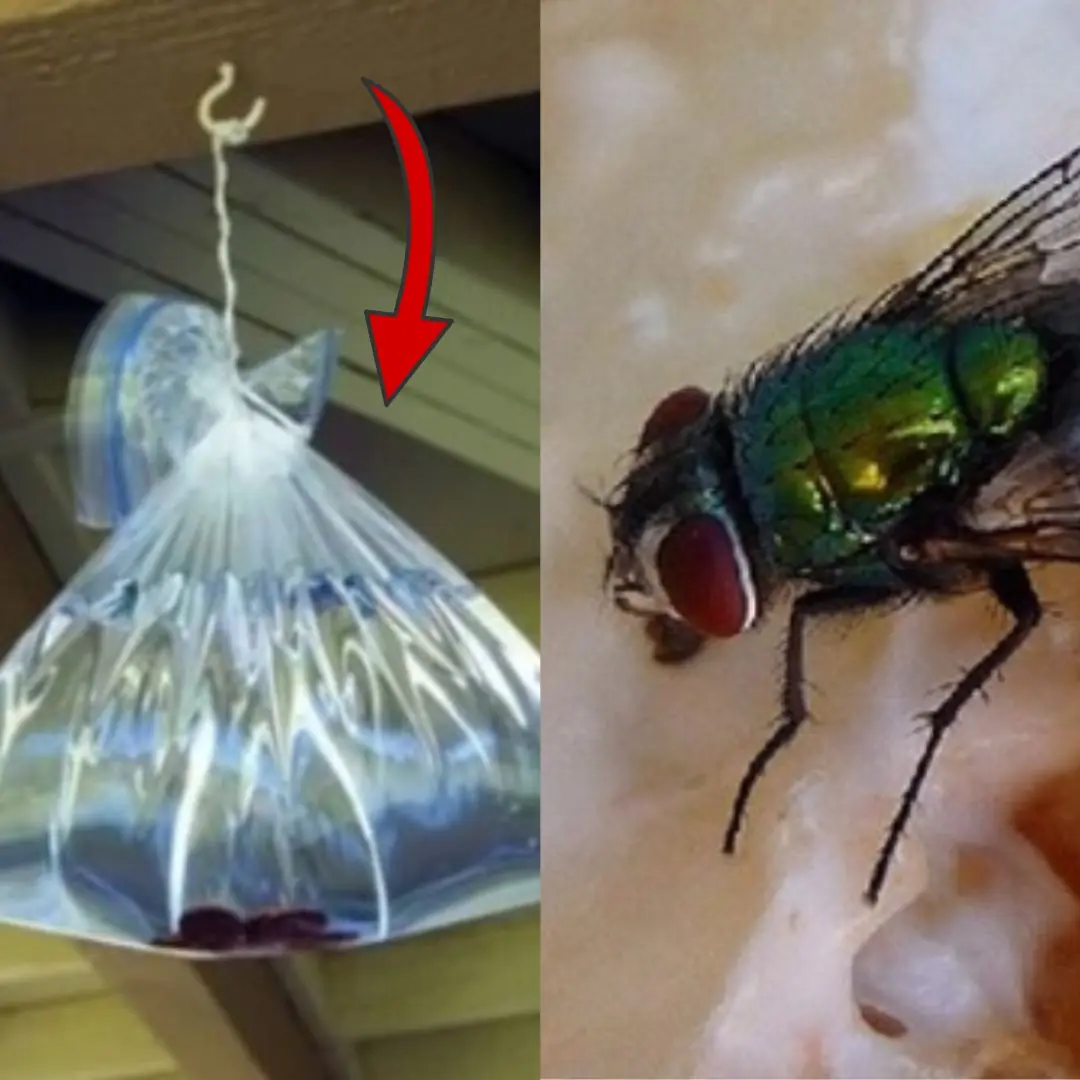
How to get rid of bed bugs naturally
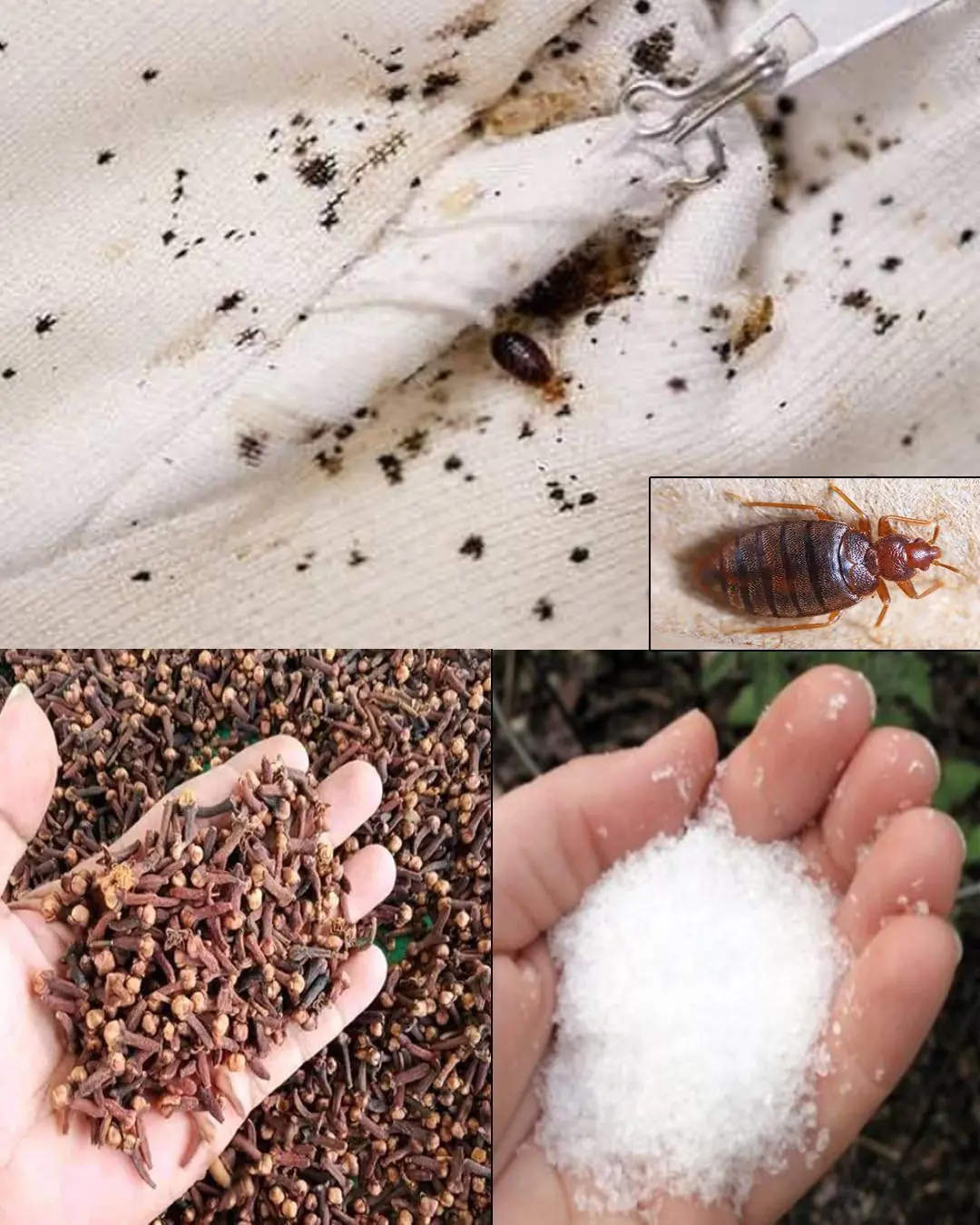
Bed bugs are small, parasitic insects that feed on human blood, often causing discomfort and distress. They are notoriously difficult to get rid of once they infest your home, but there are several natural methods that can help you eliminate them without the use of harsh chemicals. In this article, we will explore natural remedies and strategies to get rid of bed bugs, how to prevent future infestations, and how to keep your home free from these pests in a safe and effective manner.
What Are Bed Bugs?
Bed bugs are small, reddish-brown insects that are about the size of an apple seed. They typically hide during the day in cracks, crevices, and seams of furniture, particularly mattresses, bed frames, wooden furniture, and carpets. At night, they come out to feed on human blood, leaving itchy bites on the skin. Bed bug bites can cause redness, swelling, and intense itching, and if left unchecked, a small bed bug problem can quickly turn into a major infestation.
Signs of Bed Bug Infestation
Before you can get rid of bed bugs, it's essential to recognize the signs of an infestation:
-
Bites: Bed bug bites often appear in clusters or rows and may become red, swollen, and itchy.
-
Blood Stains: Small blood stains on your sheets or pillowcases may indicate a bed bug infestation.
-
Fecal Spots: Tiny dark spots on your bedding or furniture are bed bug droppings.
-
Bed Bugs or Eggs: You may find small bed bugs or their white, oval-shaped eggs in cracks, seams, or hidden areas of your furniture.
If you notice any of these signs, it's crucial to act quickly to prevent the infestation from spreading.
How to Get Rid of Bed Bugs Naturally
Here are natural methods to get rid of bed bugs and prevent them from coming back:
1. Heat Treatment
Heat is one of the most effective natural methods for killing bed bugs at all life stages, including eggs, nymphs, and adults.
-
Washing and Drying Clothes: Wash your bedding, clothes, and other fabrics in hot water (at least 120°F or 49°C). After washing, dry them on high heat for 30 minutes or more.
-
Using a Steamer: A steam cleaner can be used to treat furniture, mattresses, carpets, and cracks where bed bugs may hide. The heat from the steam will kill the bugs and eggs.
-
Using a Portable Heater: You can use a portable room heater to raise the temperature in a specific area, such as a bedroom, to a level that is lethal to bed bugs.
Heat treatments are effective and can quickly eliminate bed bugs, but they must be applied carefully to avoid damaging your furniture or belongings.
2. Diatomaceous Earth (DE)
Diatomaceous earth is a natural, non-toxic powder made from the fossilized remains of diatoms (tiny aquatic organisms). DE is a powerful desiccant that dries out the outer protective layer of bed bugs, leading to their death.
-
How to use: Lightly dust the powder around areas where bed bugs are likely to hide, such as the edges of the mattress, cracks in the bed frame, and along baseboards. Be sure to use food-grade diatomaceous earth to ensure safety.
-
Wait time: Allow the powder to sit for several days to work, then vacuum it up. You may need to repeat this treatment over several weeks to completely eliminate the infestation.
Diatomaceous earth is safe for humans and pets but should be kept dry to maintain its effectiveness.
3. Essential Oils
Certain essential oils have been shown to be effective in repelling and killing bed bugs. The strong scents of these oils disrupt the bed bugs' sensory systems and can act as a natural insecticide.
-
Essential Oils to Use:
-
Tea tree oil: Known for its antimicrobial and insecticidal properties, it can help kill bed bugs.
-
Lavender oil: The scent of lavender is not only pleasant to humans but also repels bed bugs effectively.
-
Peppermint oil: Bed bugs dislike the strong scent of peppermint, making it a good repellent.
-
Eucalyptus oil: This oil can also kill bed bugs by suffocating them.
-
-
How to use: Mix about 10–20 drops of your chosen essential oil with water in a spray bottle. Spray it on your mattress, bed frame, baseboards, and other areas where bed bugs are hiding. You can also use essential oils in combination with a natural carrier oil like coconut or olive oil to rub onto surfaces.
Essential oils can be effective in deterring bed bugs, but they are usually not as effective in killing an infestation outright. Use them as part of a comprehensive treatment plan.
4. Vacuuming and Cleaning
One of the most straightforward natural ways to reduce a bed bug infestation is by regularly vacuuming. Vacuuming removes adult bed bugs, eggs, and nymphs, reducing the number of pests in your home.
-
How to vacuum: Use a vacuum with a crevice tool to target cracks and crevices where bed bugs hide. Focus on areas like mattresses, baseboards, sheets, furniture seams, and under the bed.
-
Dispose of the vacuum contents: After vacuuming, immediately empty the vacuum bag or canister into a sealed plastic bag to prevent bed bugs from escaping back into your home.
Regular cleaning and vacuuming are crucial in reducing bed bug populations and preventing them from spreading to other areas of your home.
5. Cold Treatment
Cold temperatures can also kill bed bugs, but this method works best for smaller items, like bedding, clothing, or small furniture.
-
Freezing: Place infested items in a freezer at or below 0°F (-18°C) for at least 4 days to kill bed bugs. Make sure the items are in plastic bags to prevent any bugs from escaping.
-
Cold rooms: In extreme cases, if the weather is cold enough, bed bugs can be eliminated by placing items outside for several hours. However, this is only effective if the temperature is consistently below freezing.
6. Prevention Tips to Keep Bed Bugs Away
Once you’ve eliminated bed bugs, it’s important to take steps to prevent them from returning. Here are some tips for ongoing protection:
-
Inspect second-hand furniture: Always thoroughly inspect used furniture or mattresses before bringing them into your home. Bed bugs are notorious for hitching rides on second-hand items.
-
Seal cracks and crevices: Use caulk to seal any cracks in the walls, floors, or furniture where bed bugs can hide.
-
Use mattress encasements: A bed bug-proof mattress cover will help trap any remaining bugs inside and prevent new ones from entering.
-
Regularly clean and vacuum: Continue to clean your home, particularly the bedroom and sleeping areas, to catch any potential bed bugs early.
Conclusion
While bed bugs can be a nuisance, using natural remedies like heat treatment, diatomaceous earth, essential oils, and regular cleaning can help you eliminate them without the use of harmful chemicals. These methods are effective and environmentally friendly, allowing you to regain control of your living space.
If you have a severe infestation or if natural methods aren’t providing results, consider reaching out to a professional pest control service for further assistance. By taking proactive steps and using natural solutions, you can say goodbye to bed bugs and keep your home comfortable and pest-free.
News in the same category


Is Your Phone Being Tapped? Check This Hidden Button Before It’s Too Late!
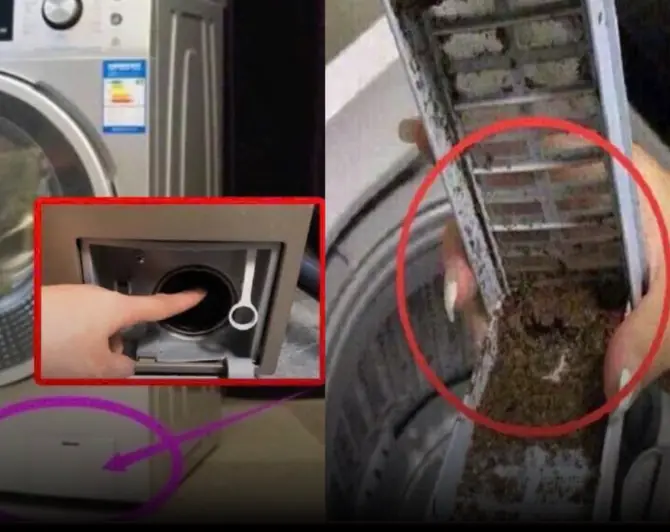
The hidden washing machine switch you probably didn’t know about
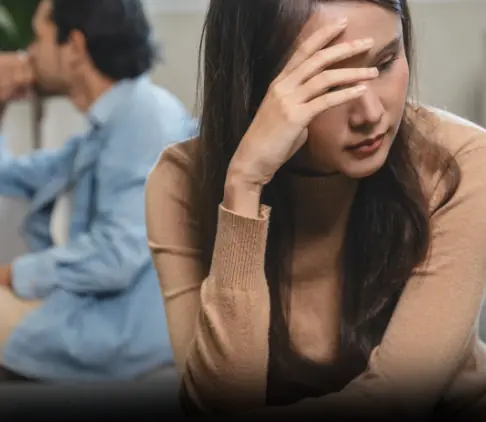
Sign Someone Might Be Planning to Leave
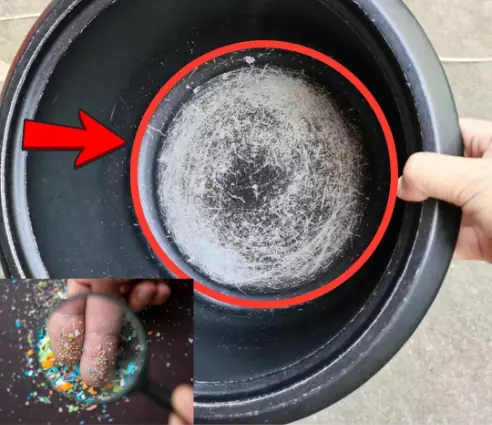
If the paint inside a rice cooker or non-stick pan is scratched or peeling
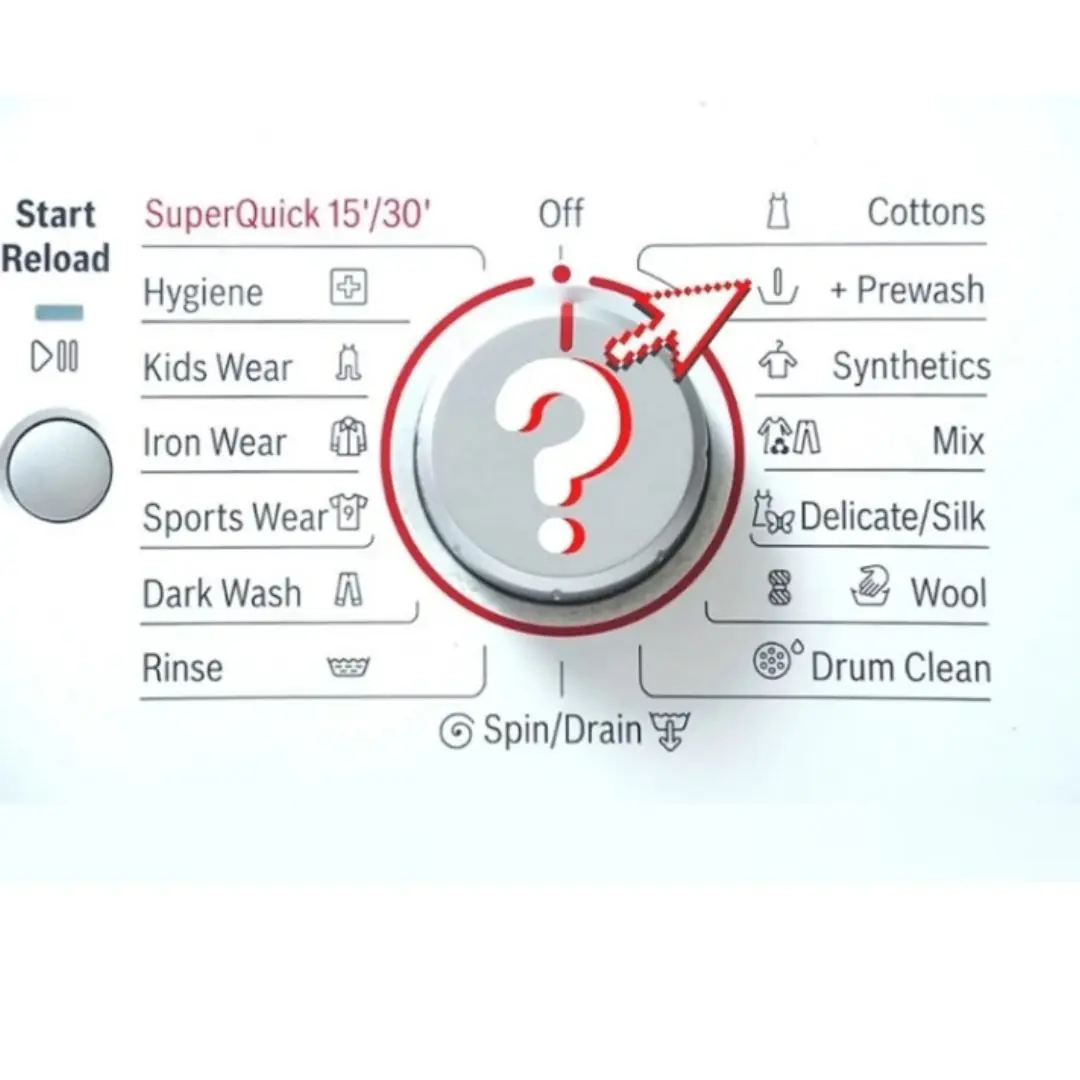
There is a button on the washing machine that if turned on, the clothes will be cleaner and last longer, but many people still don't know about it.
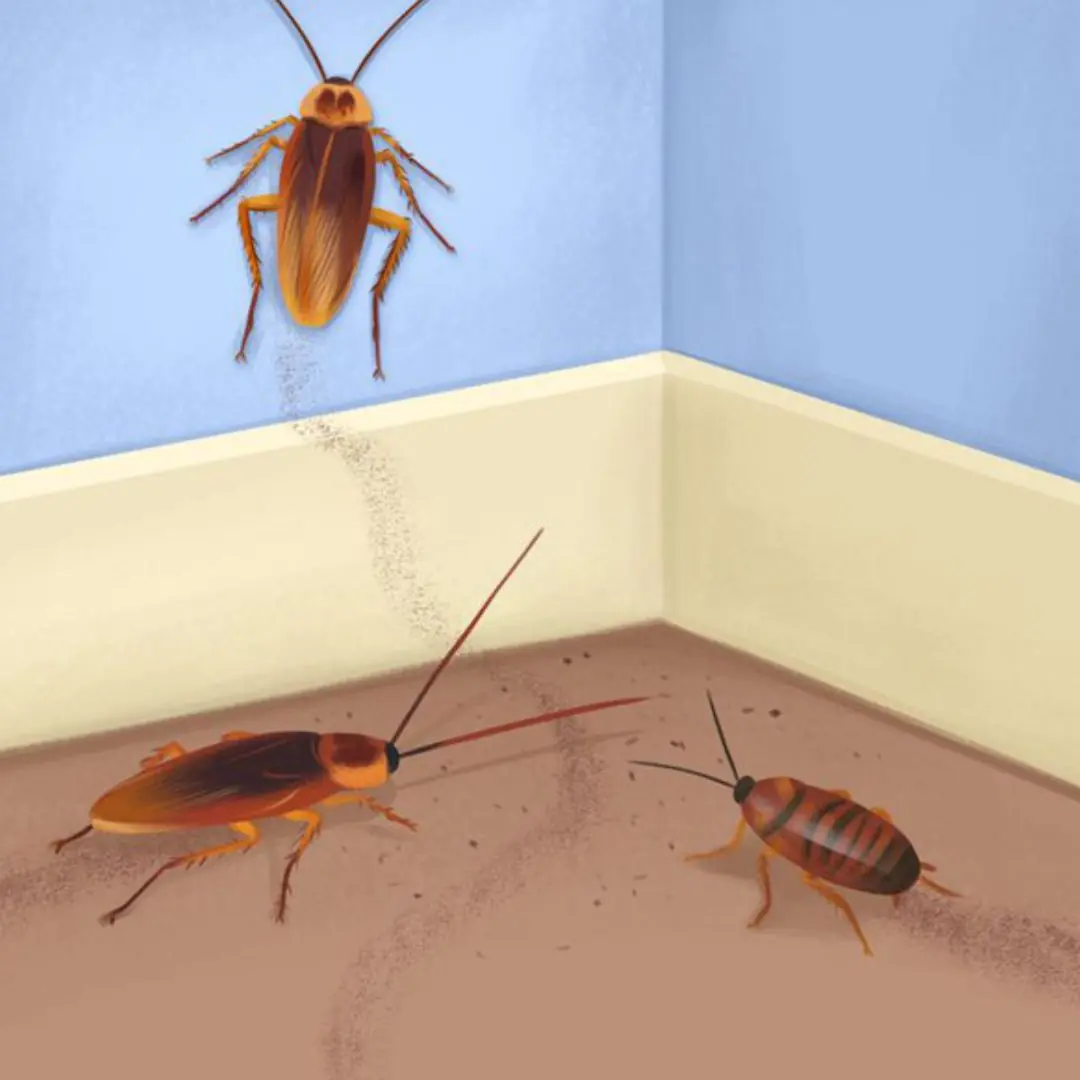
Pests Are Secretly Taking Over Your House — Watch Out for These 7 Warning Signs
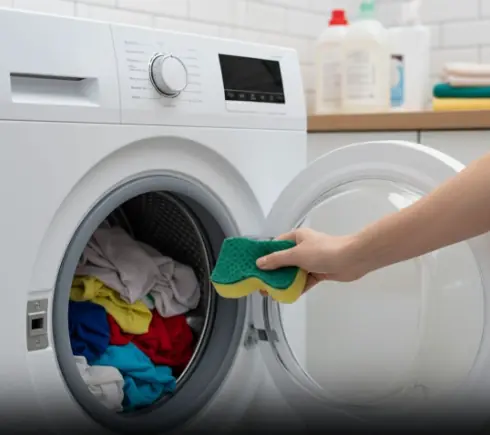
Don’t Throw Out Old Dish Sponges
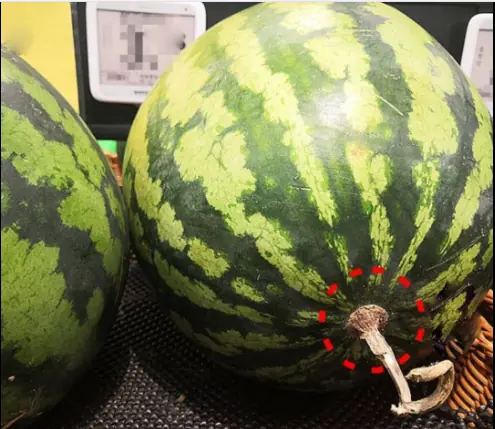
When buying watermelon, don't choose a big one.
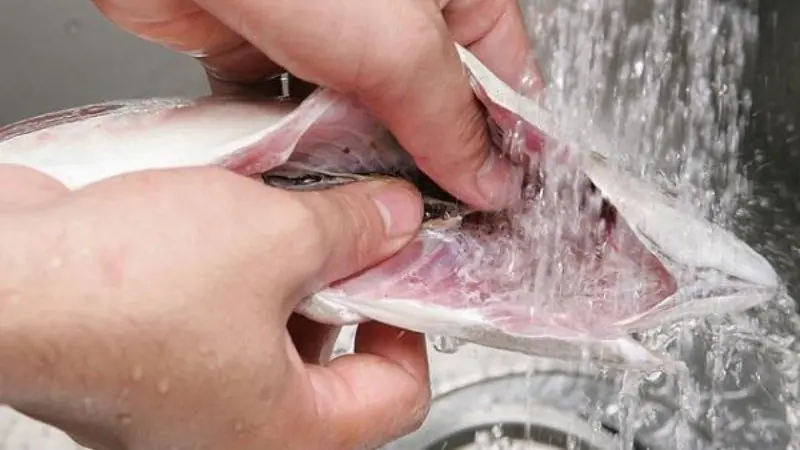
Why Does Fish Often Smell Fishy? The Real Reason Many People Don’t Know
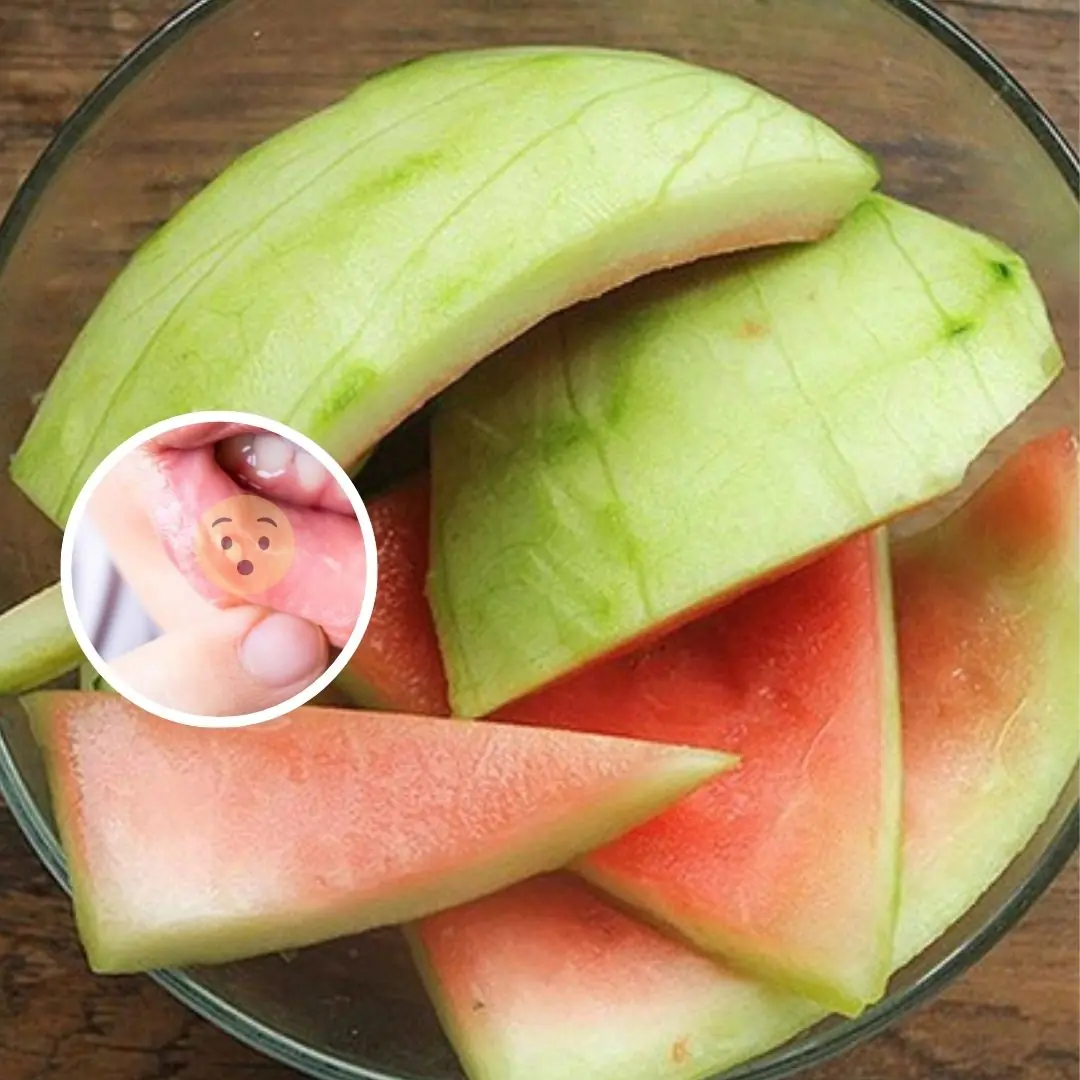
99% of people will throw away these 6 fruit peels when eating, but will regret it when they know their benefits
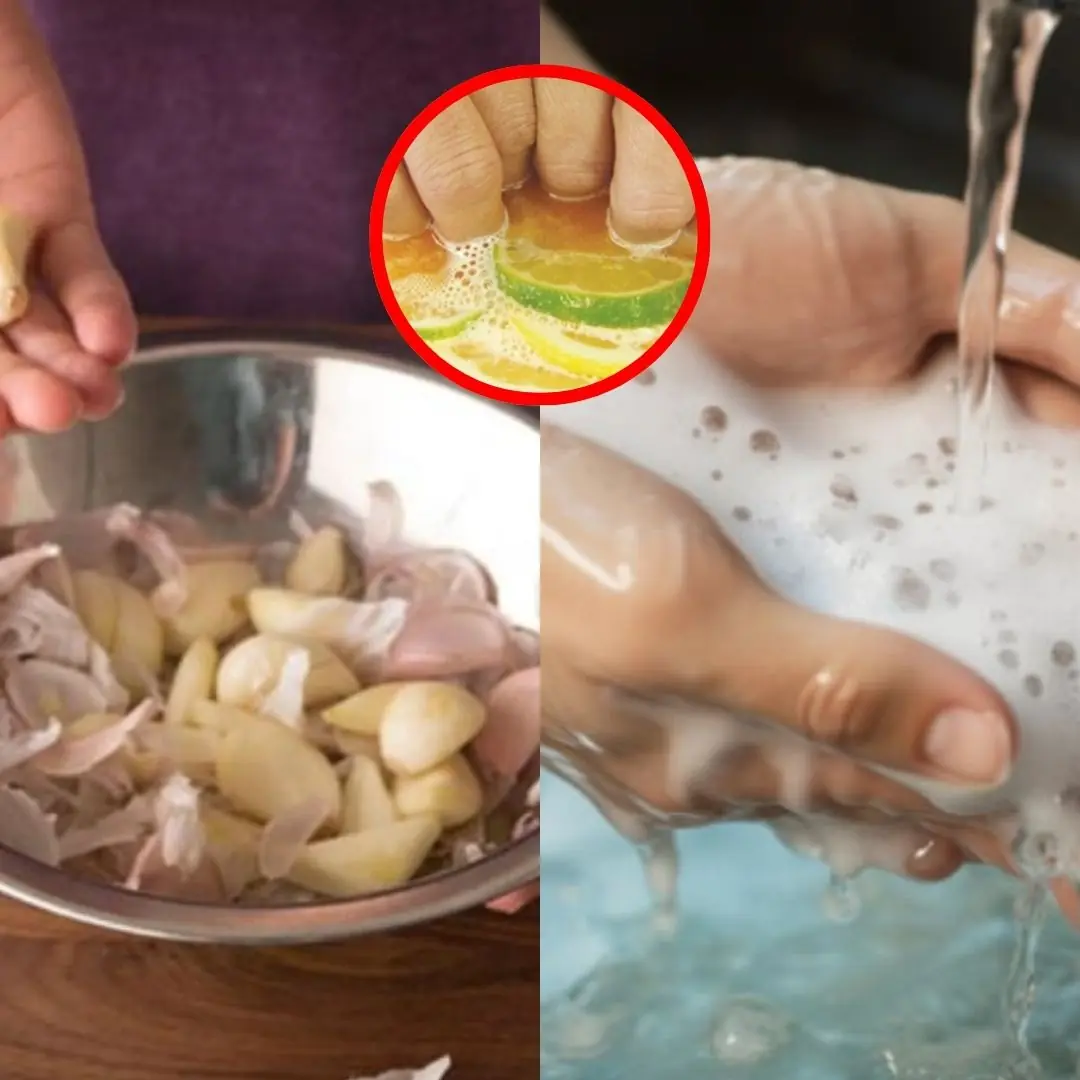
Struggling with garlic or onion smell on your hands? Try this simple trick—1 minute and it’s gone!
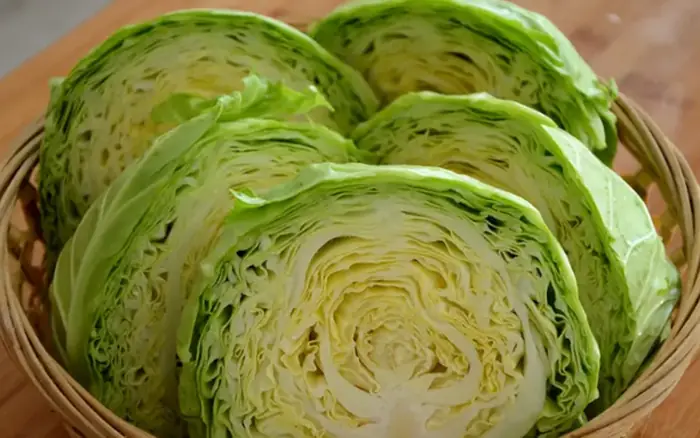
Tightly Wrapped or Loose Cabbage – Which Tastes Better?
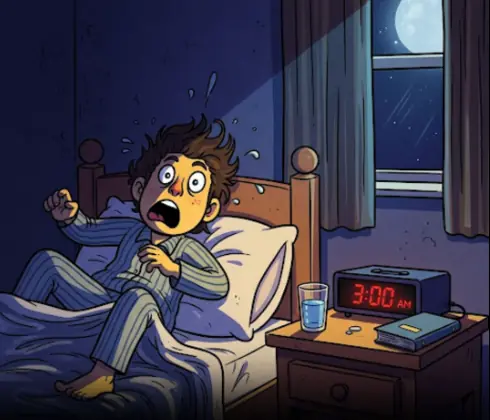
Waking Up Between 3 And 5 AM Could Indicate a Spiritual Awakening
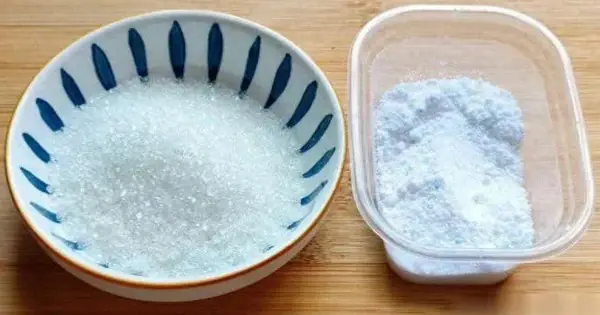
Mix White Sugar with Laundry Detergent Around the House
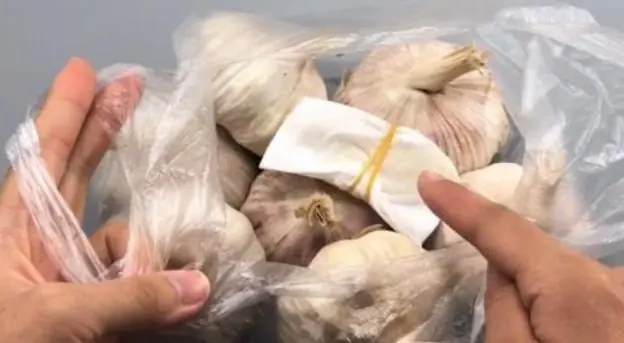
Today I discovered 3 super easy garlic storage hacks
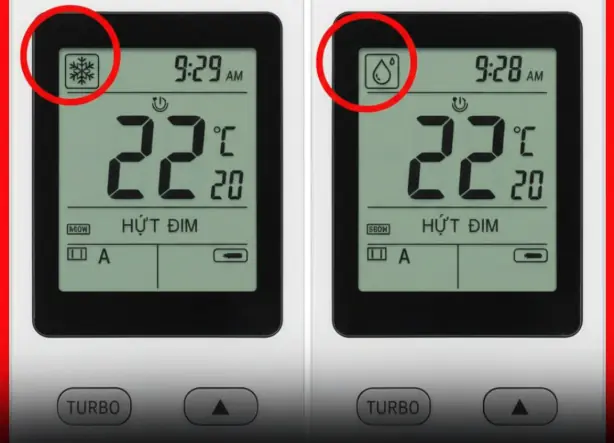
Tips for using air conditioning without worry
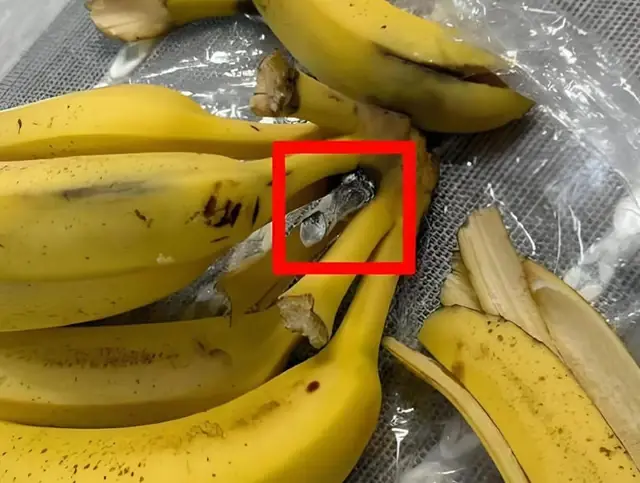
When buying bananas, if you see these 4 types, walk away immediately without hesitation!

This One Superfood Could Tackle Major Health Issues—Here’s What You Need To Know
News Post
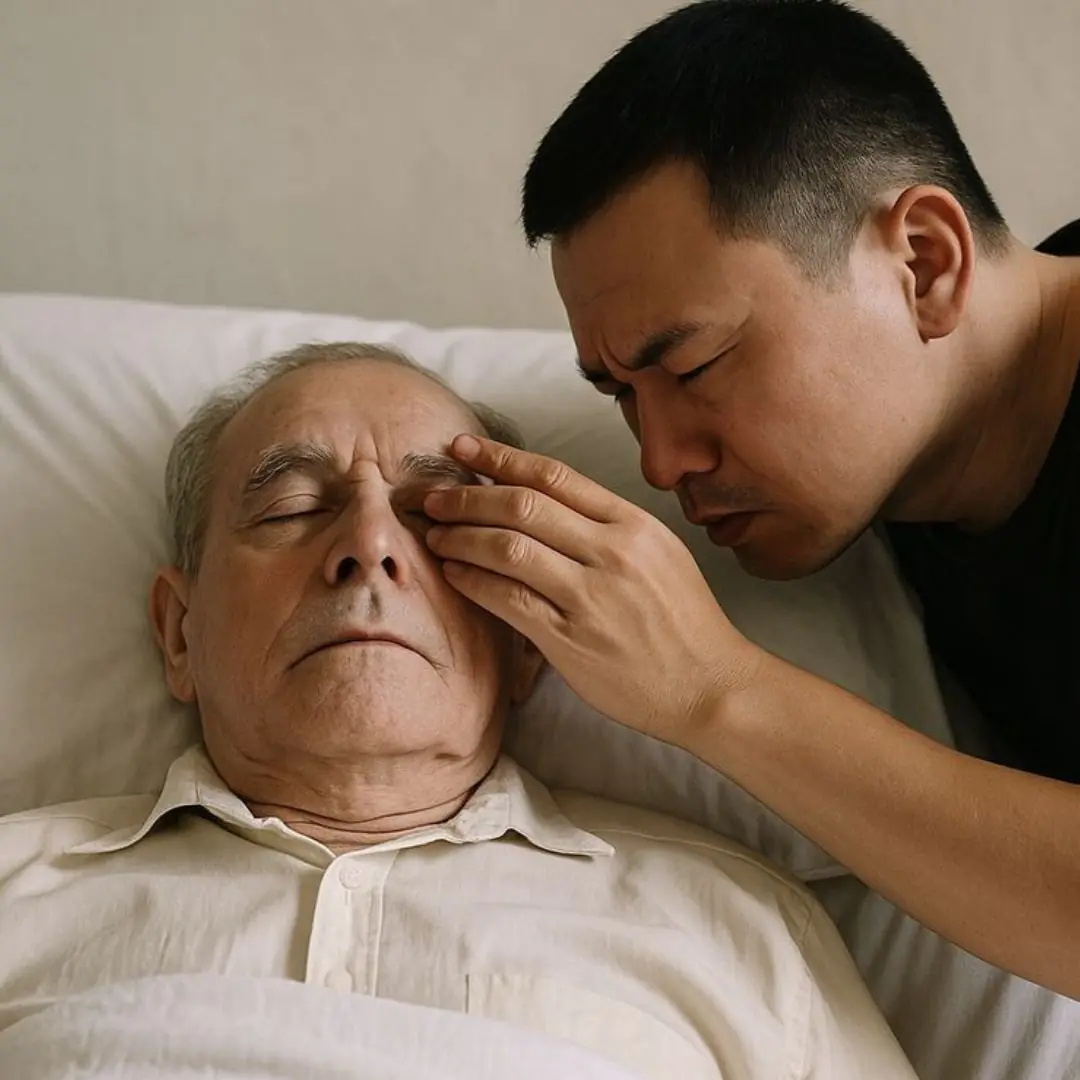
Some people leave this world with eyes still open — especially in sudden d.e.a.t.h. Is it fear… or biology?
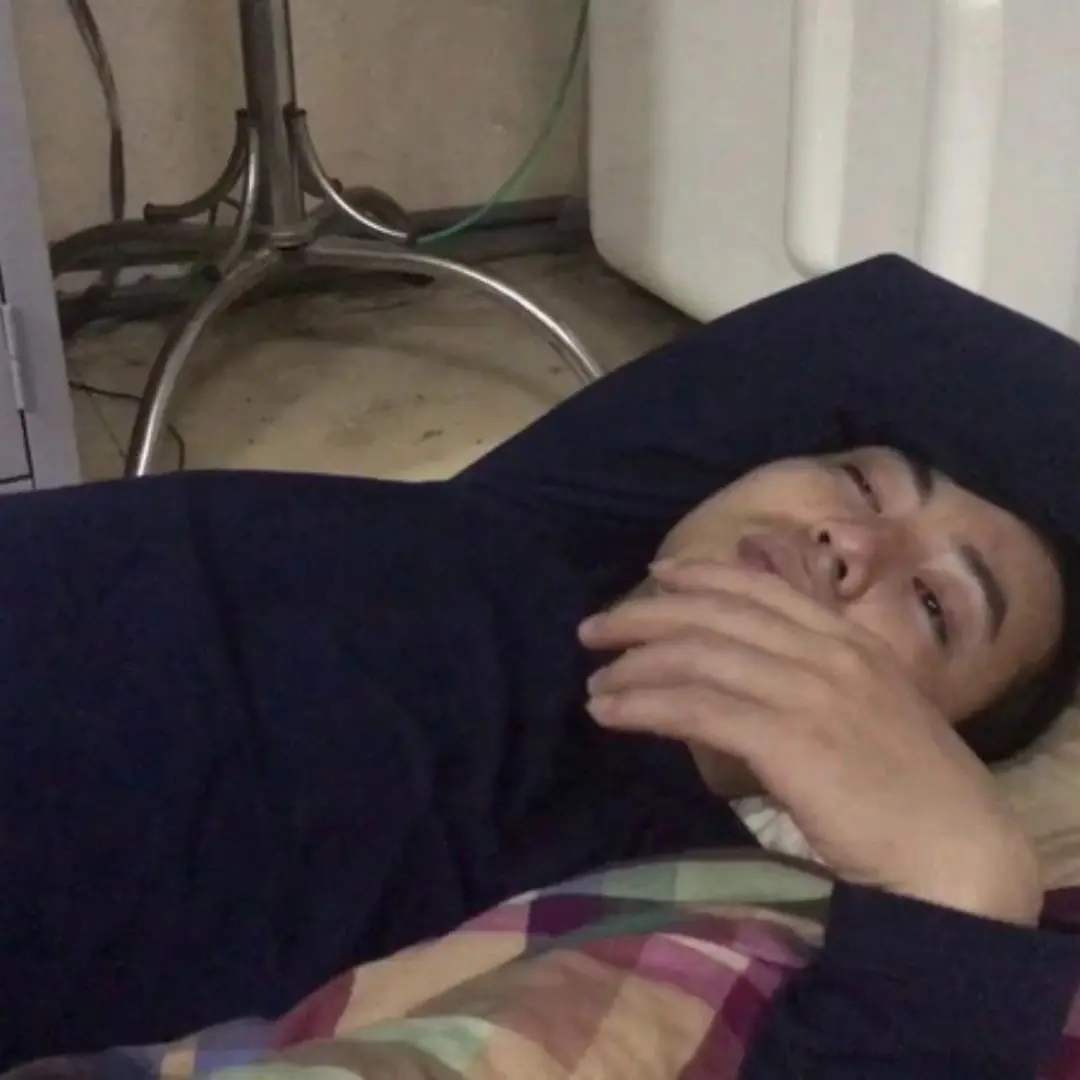
Is sleeping with eyes open harmful?

Many people are puzzled when they see a bag of water hanging in someone’s window and can’t help but wonder what it’s for

Is Your Phone Being Tapped? Check This Hidden Button Before It’s Too Late!

The hidden washing machine switch you probably didn’t know about

10 Early Signs of Alzheimer’s & Dementia: Key Symptoms to Know
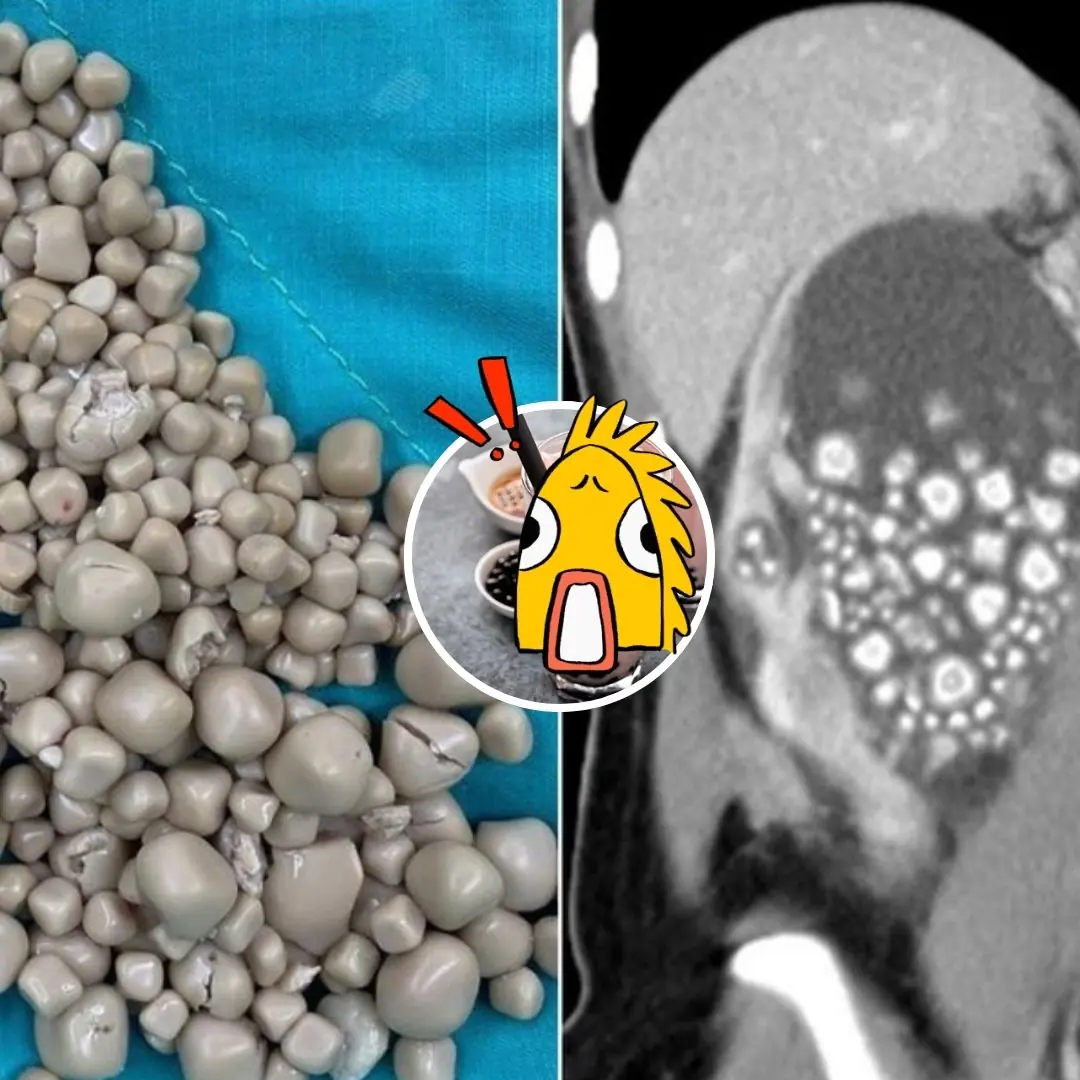
Taiwanese hospital removes more than 300 kidney stones from woman who prefers this drink to water
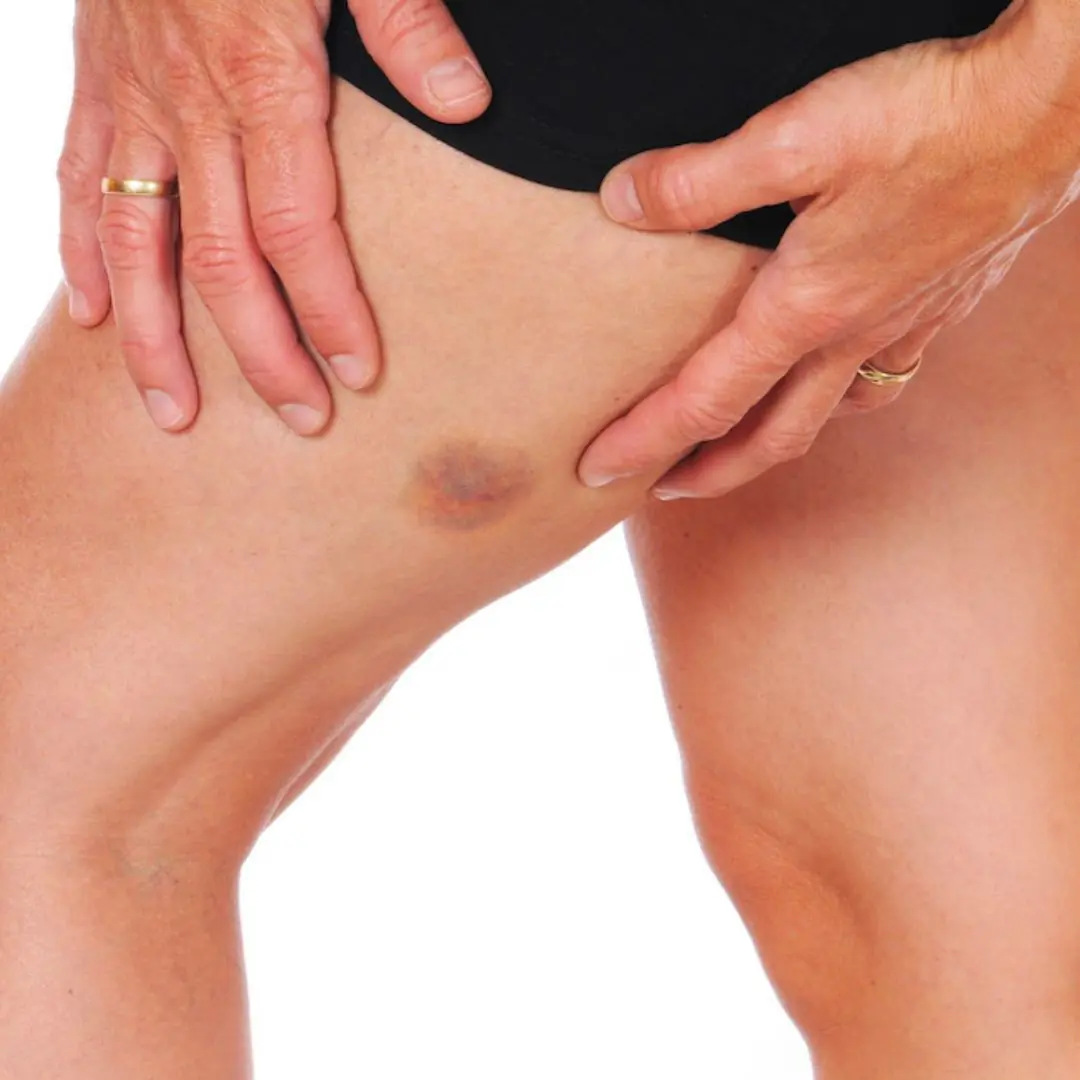
Notice bruises on your skin when you wake up? Be careful — this may be more than just a harmless mark
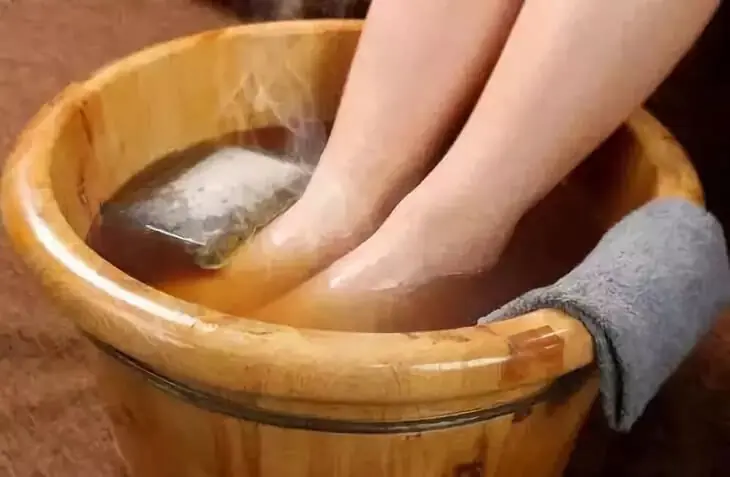
Smart Women Take Advantage of Their Peri.od to Do These 4 Things: Relieve Fatigue, Cleanse the Ute.rus, and Detox the Body
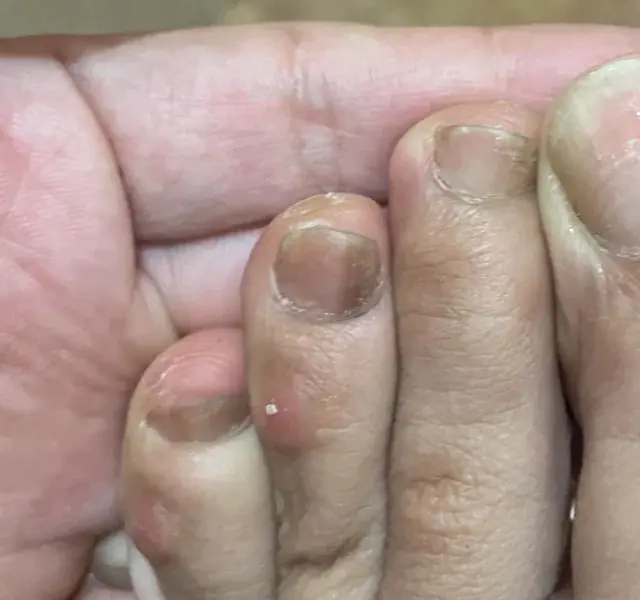
The Feet of People “Hiding” Can.cer Often Show 5 Differences
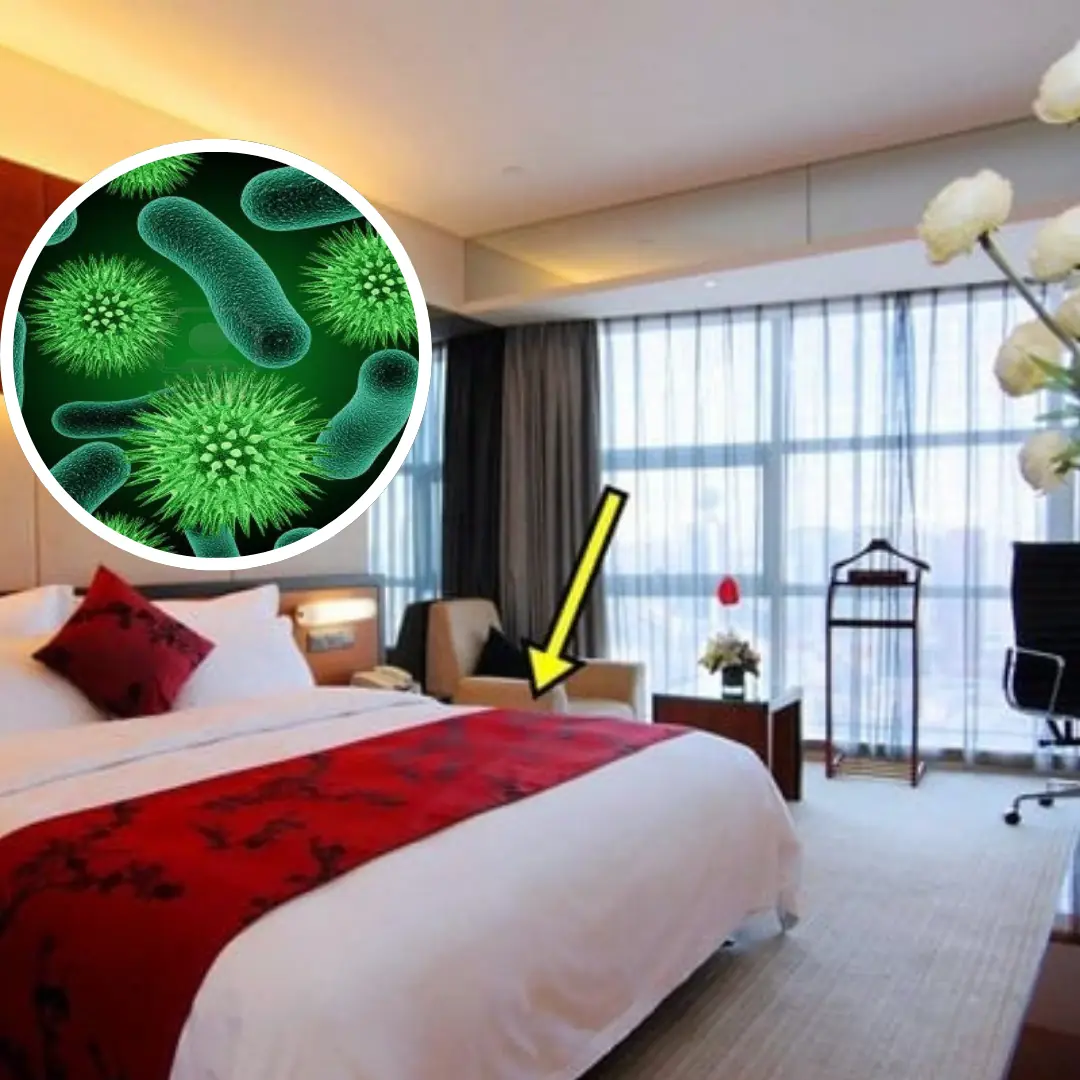
Hotel Staff Confess: 5 “Clean-Looking” Items in Motels & Hotels That Are Actually Filthy – Number 4 Will Sho.ck You Most!

Sign Someone Might Be Planning to Leave

If the paint inside a rice cooker or non-stick pan is scratched or peeling
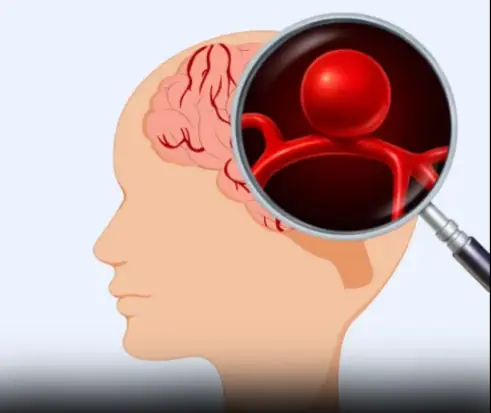
12 signs that may signal a brain aneurysm — Don’t ignore them
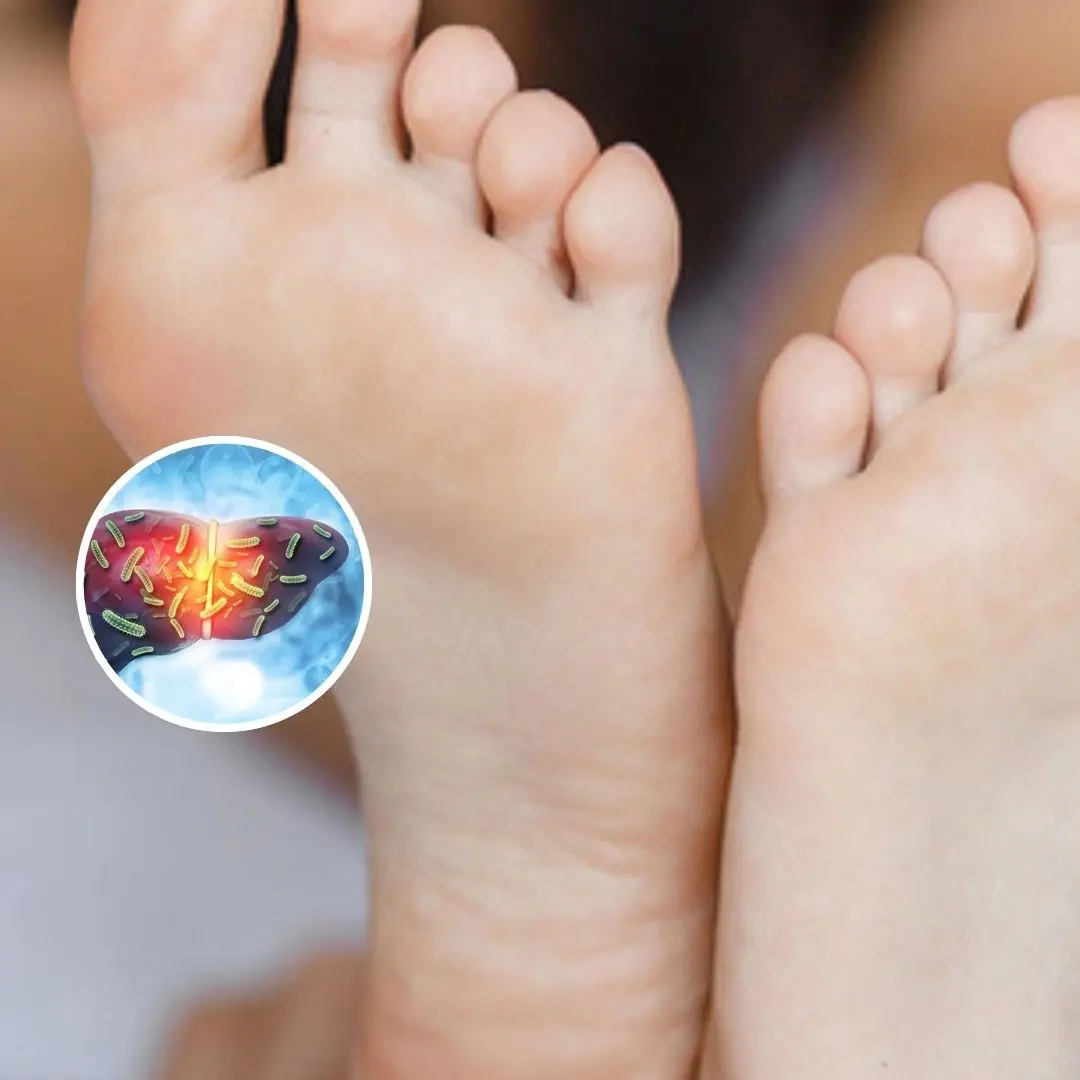
hese 4 Changes on the Soles of Your Feet May Signal Poor Liver Health — Not Having Them Is a Blessing
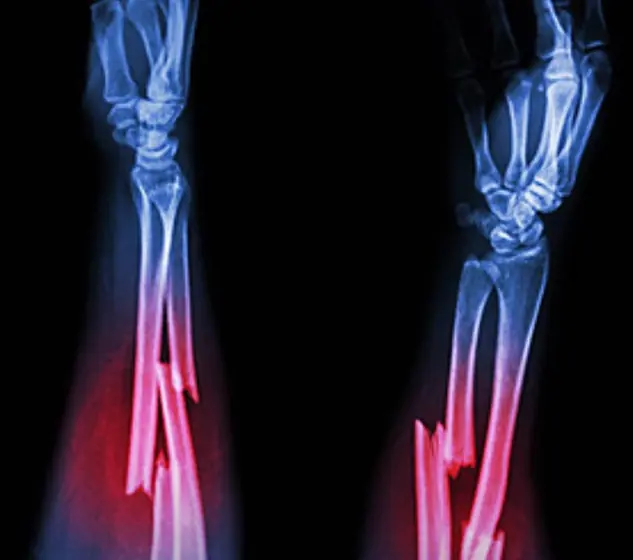
Strange theory for those who’ve never br.oken a bone

Purple leaf plant: A natural remedy for headaches and more
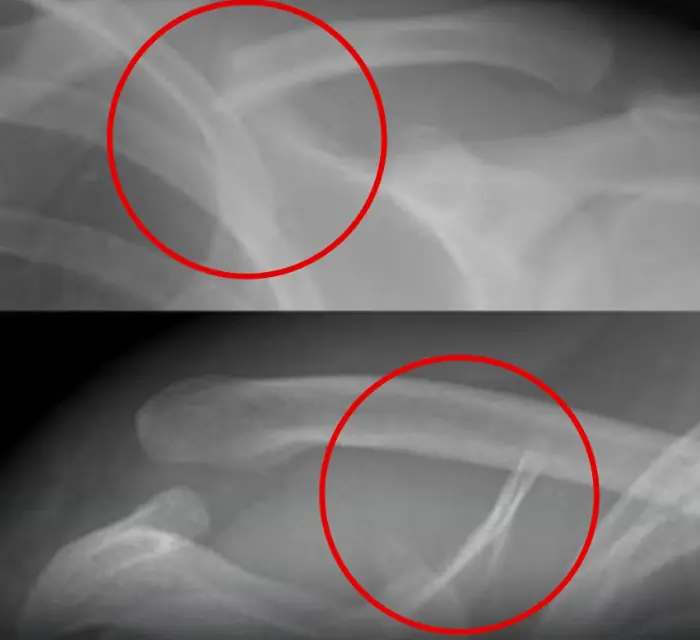
This poi.son des.troys your bones, but you drink it everyday
